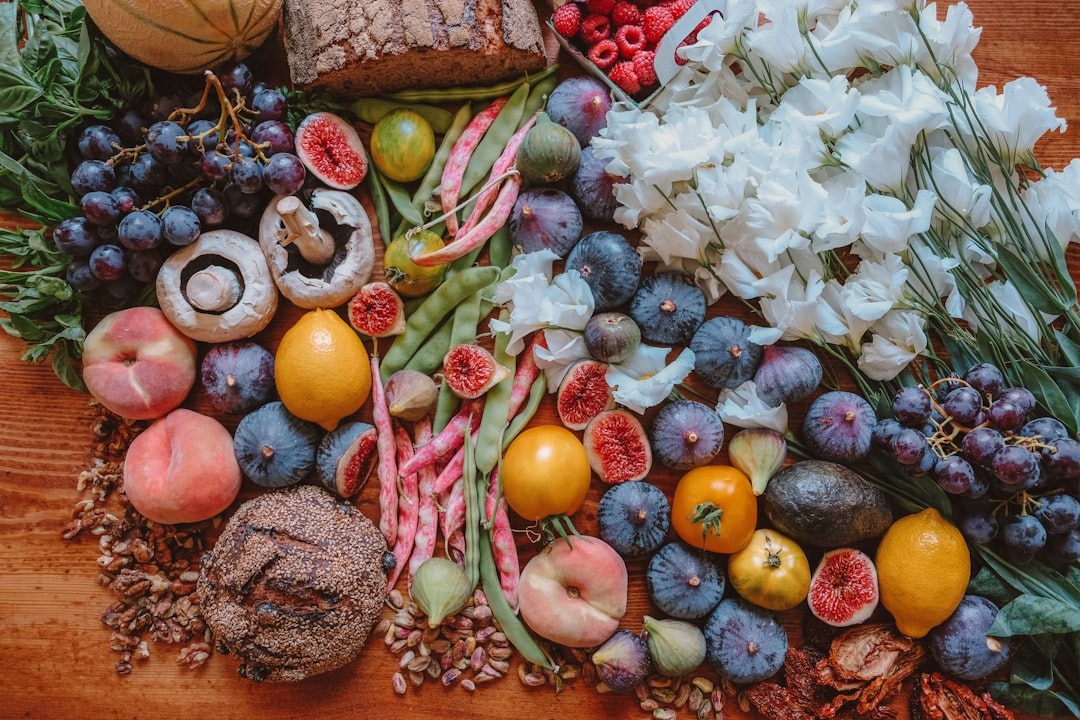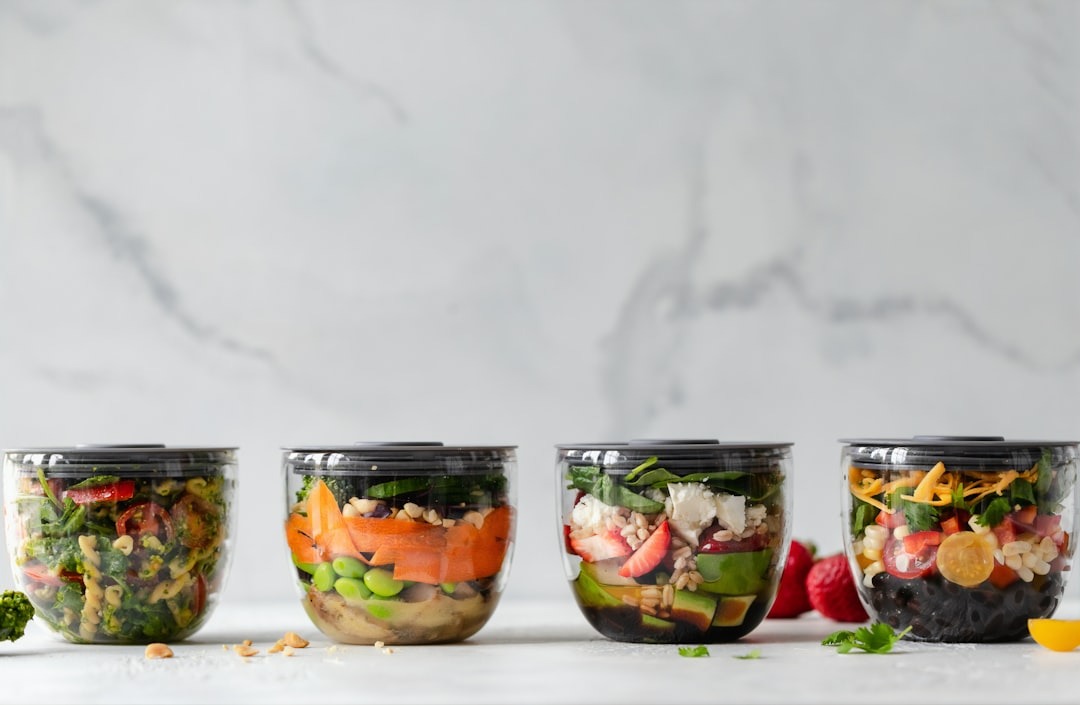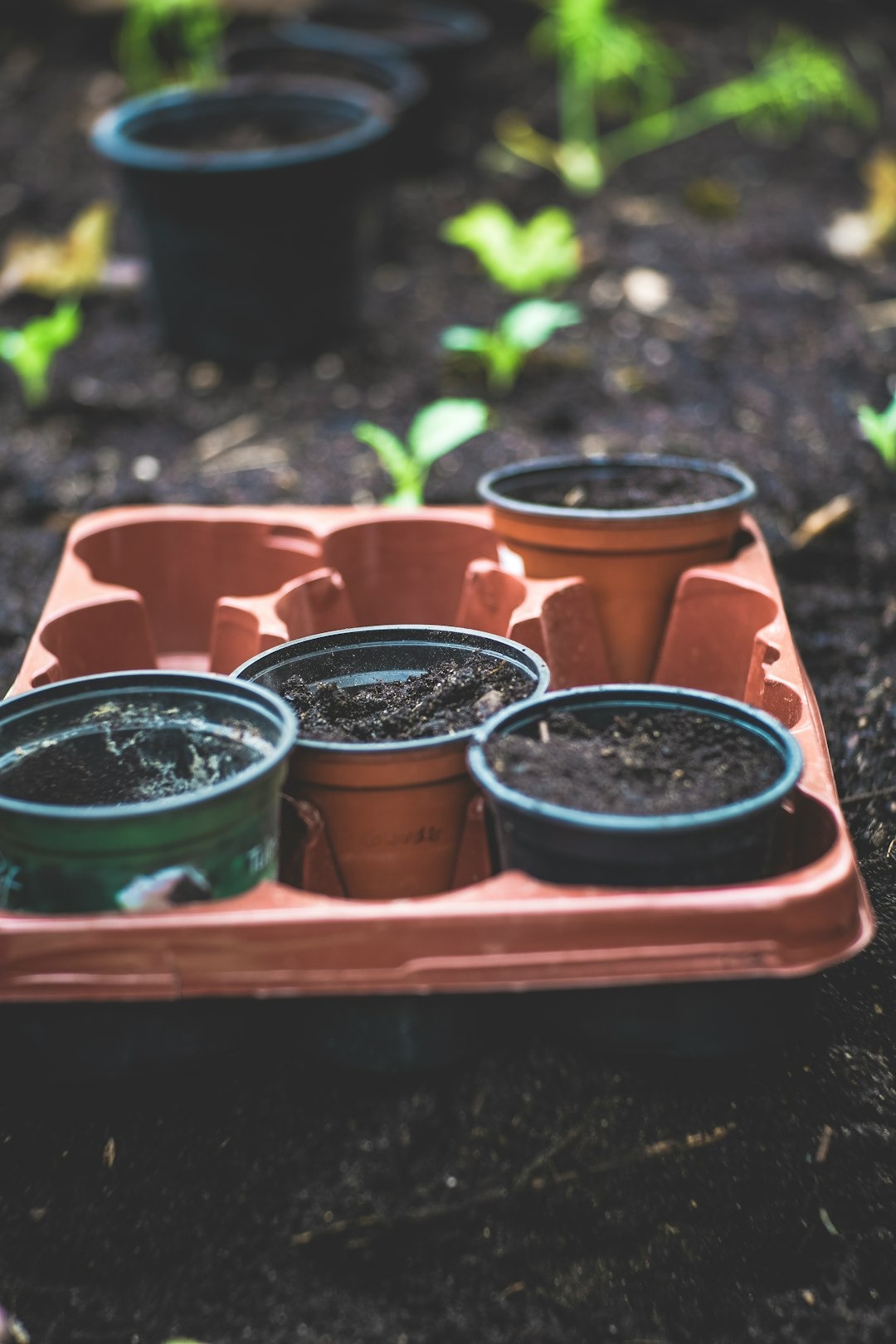
Food waste isn’t just a kitchen problem—it’s a global crisis. Every year, millions of tons of edible food end up in landfills. They generate harmful greenhouse gases like methane and put unnecessary strain on natural resources. But the good news? You can make a big difference right from your kitchen. By starting mindful habits and smart food management strategies, you can reduce food waste at home. The cherry on top is that it will lower your grocery bill and support a healthier planet. Let’s dive into 5 simple, actionable ways to embrace sustainable living through smarter food choices.
1. Plan Your Meals

Everything begins with a plan. Meal planning helps you use what you have, shop wisely, and avoid products that expire before you can use them. It also reduces stress and speeds up weekday cooking.
How to start:
- Spend thirty minutes per week to arrange snacks and meals.
- Before creating your grocery list, go through your pantry, freezer, and fridge.
- Keep your list while shopping to prevent impulsive purchases.
- Plan “leftover nights” to clear your refrigerator before fresh food arrives.
Pro Tip: Making plans also enables you to avoid temptation from takeaway and eat better.
2. Store Food Correctly
Among the main causes of food getting thrown is improper food storage. Correct storage of common products will help increase their shelf life and decrease spoilage
How to start:
- Store leafy greens in an airtight container with a paper towel to help absorb moisture.
- Store potatoes and onions in cold, dark conditions. But, not together, since onions hasten spoiling.
- Store leftovers front-of-mind and visibly in transparent containers.
- Keep the date of purchase or cooking in check to label leftovers and perishables.

Pro Tip: Using the FIFO (First In, First Out) approach will help you arrange your refrigerator such that older goods are consumed first.
3. Grab Leftovers and Get Kitchen Creative

Leftovers may be interesting rather than monotonous! With a bit of ingenuity, yesterday’s dinner may turn into today’s lunch—or even tomorrow’s snack. One enjoyable approach to utilize meals and cut waste is by using food scraps.
How to start:
- Turn the roasted veggies from last night into a vegetarian frittata
- From refrigerator odds and ends, make soups or stir-fries.
- Use fruit starting to soften in homemade popsicles, baked goods, or smoothies.
- Cut stale bread into French toast, croutons, or breadcrumbs.
Pro Tip: Try a “zero waste” recipe night with just items from your cupboard or refrigerator.
4. Turn What You Cannot Eat into Compost
Certain food wastes are unavoidable, even with the best of intentions. Start compassing instead of throwing them in the garbage. For your garden or plants, this is a great method of turning organic waste into rich, nutritious soil.
Things to Compost:
- Peelings from fruits and vegetables
- Coffee filters and grinds
- Egg shells
- Tea bags (if not recyclable)
- Stale ice, bread, and grains
Remember meat, dairy, and greasy foods, unless you have a specialist compost system, are not biodegradable.
Don’t have a garden? Many metropolitan regions have curbside pickup programs or compost drop-offs. For people with limited space, you can consider compact kitchen composters.

5. Buy Imperfect Produce and Donate Extra Food

Many times, the food waste issue begins before it even gets on your plate. Perfectly good food is often thrown out by shops and farmers if it does not satisfy beauty criteria. Encouragement of “ugly” food helps to cut needless waste.
What you can do:
- Go shopping at neighborhood farmers’ markets where discounted defective food is sometimes offered.
- Try subscription boxes with misshapened yet really good fruits and vegetables.
- Back companies who transform food waste into fresh goods.
- And think about donating food you overbought but won’t be able to utilize to local food banks, donate non-perishable items, such as canned foods, pasta, and rice.
- Search for communal fridges or initiatives allowing prepared food and fresh produce.
End Notes
Little deeds like reducing household food waste have large environmental benefits. Thoughtful planning, clever storage, and innovative cooking techniques will help you make a difference—not only on your food cost but also on the earth.
Seeking more approaches to sustainable living? One step at a time, go over to Eco Choice Studio for eco-friendly lifestyle advice, product recommendations, and inspiration to create a greener home.



